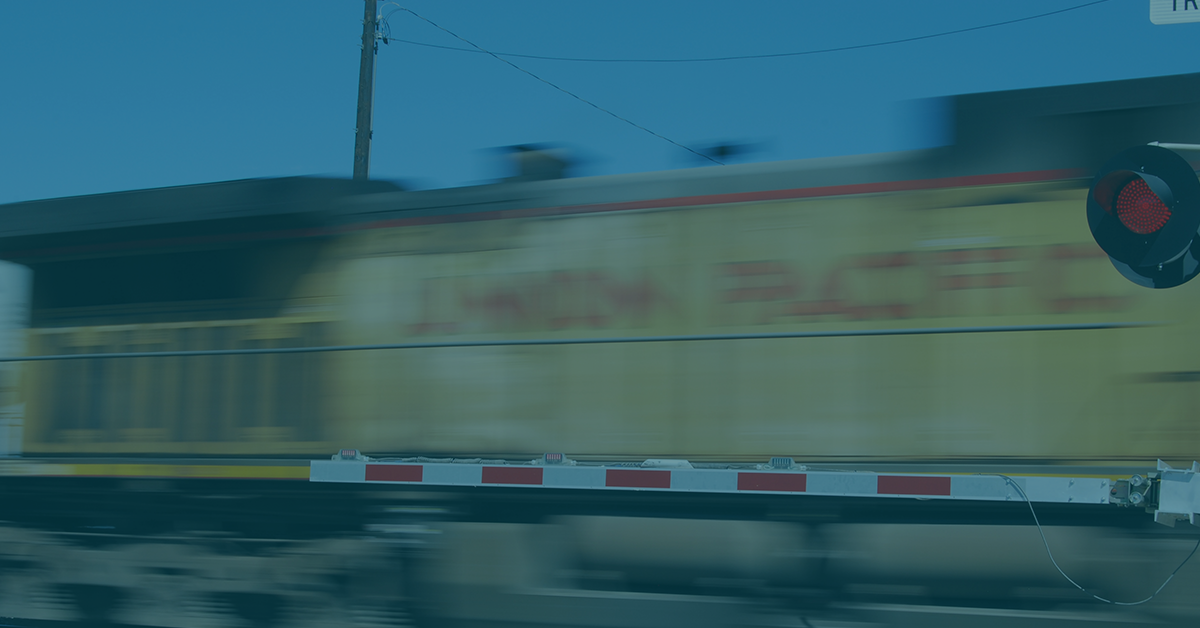The Advantages of LTL Shipping
December 10, 2025
For many businesses, not every shipment fills a trailer, and not every order justifies the cost of moving a full truckload. That gap is exactly where Less.
July 07, 2025 | Written by Darrell Porter |

Union Pacific and Norfolk Southern, two of the largest Class I railroads in North America, are currently exploring a potential merger that could reshape freight rail across the United States. If approved, the deal would mark the industry’s firsttranscontinental railroad, linking the West Coast directly to the East through a single, unified network.
What’s Being Proposed
The proposed merger would combine Union Pacific’s western network with Norfolk Southern’s eastern reach. Together, the companies would form a coast-to-coast system capable of moving freight between ports and inland markets without the need for interchanges with other railroads.
Intermodal and Operational Impacts
A combined UP and NS system could streamline intermodal operations, reduce transfer points, and improve transit times across long-haul corridors. Both companies already move large volumes of intermodal freight, and a unified network would provide uninterrupted service from California to the East Coast. This could benefit shippers by simplifying routes and consolidating scheduling.
Network Efficiency and Coverage
Merging the two systems would result in extensive network coverage from the Pacific to the Atlantic, with strong access to major freight hubs, industrial regions, and cross-border connections into Mexico. It may also allow the combined railroad to better compete with trucking and other modes of transportation, especially in long-haul lanes.
Regulatory Considerations
Any merger of this size would require approval from the Surface Transportation Board (STB) and may also involve review by the Department of Justice. The STB applies strict standards to Class I rail mergers to ensure competition is preserved and service disruptions are minimized. The CP and KCS merger, approved in 2023, included several service commitments and oversight conditions that could serve as precedent.
Shipper and Industry Response
Shippers and trade organizations are monitoring the proposed merger closely. Industry stakeholders are evaluating how the change might affect pricing, routing options, service levels, and market competition. In previous mergers, regulators have required commitments to ensure continued competition, such as reciprocal switching agreements or divestitures.
What Comes Next
At this stage, Union Pacific and Norfolk Southern have not filed a formal merger application. Discussions remain preliminary. The regulatory process, if initiated, could take up to two years or more. In the meantime, industry observers will continue to assess the potential operational, commercial, and competitive impacts of the proposed consolidation.